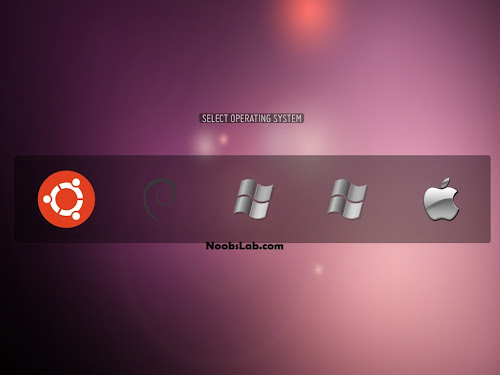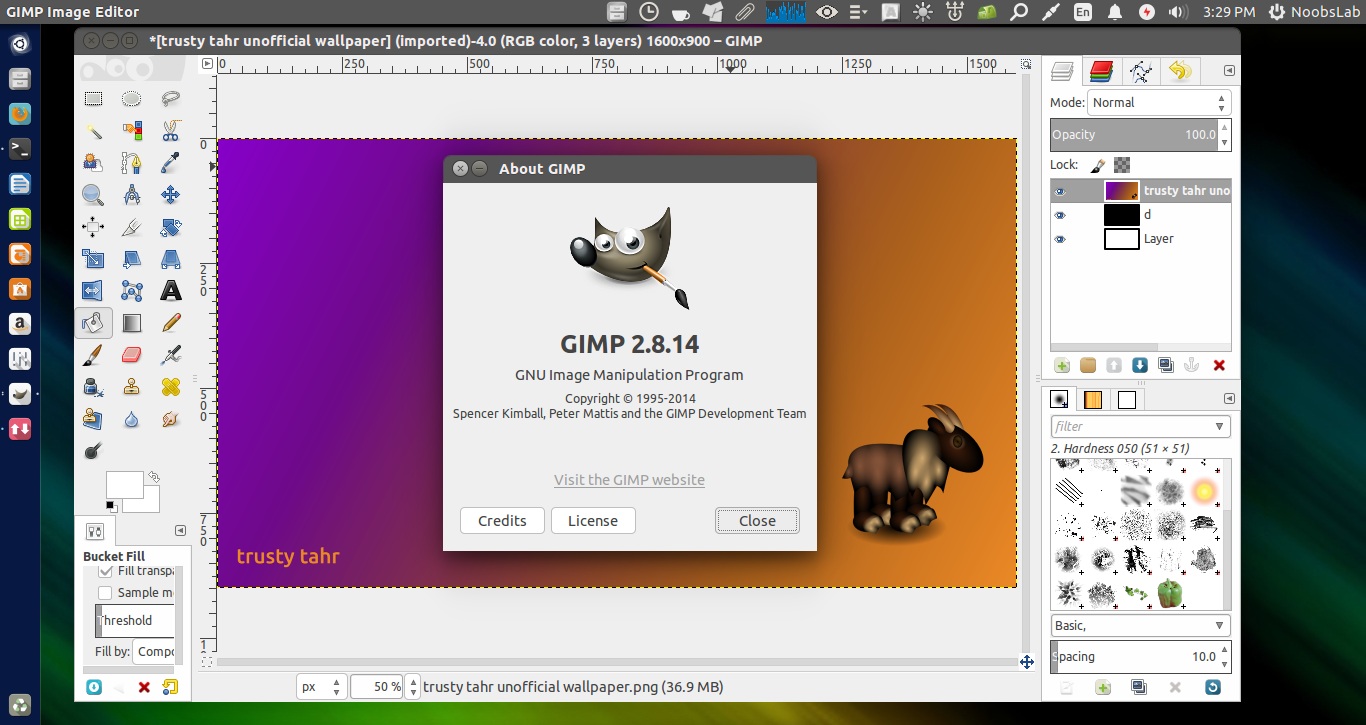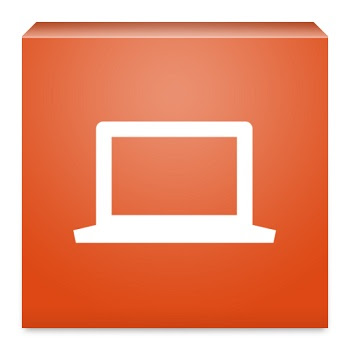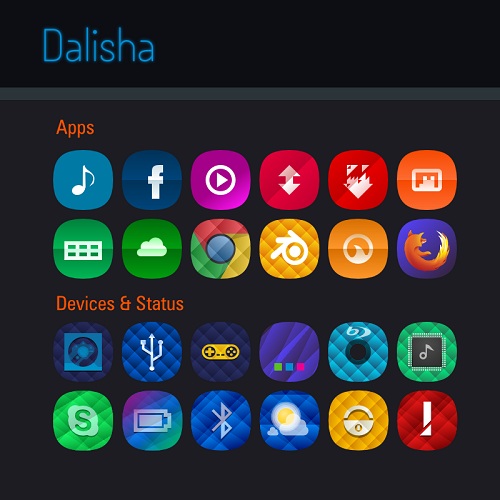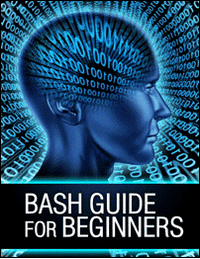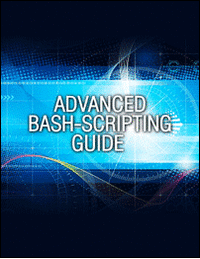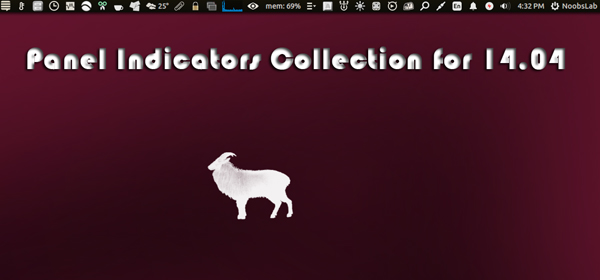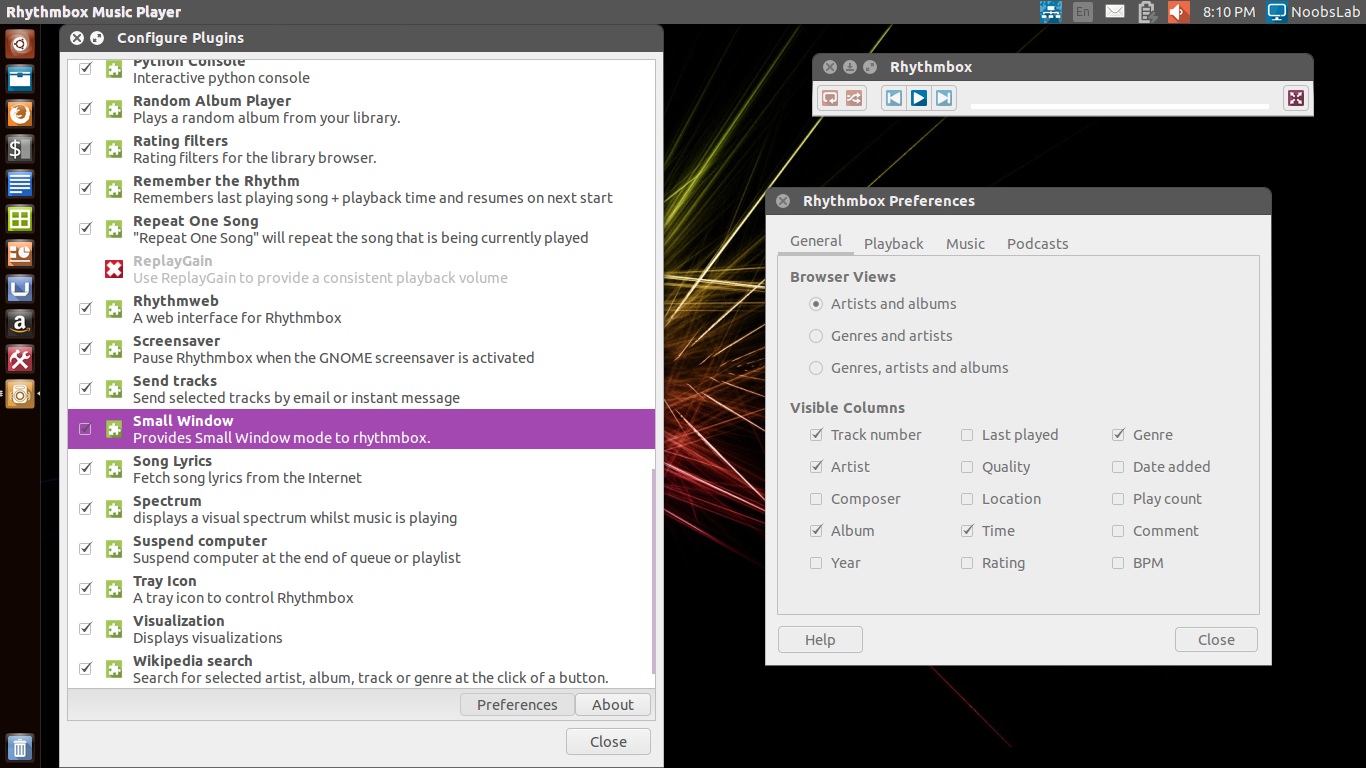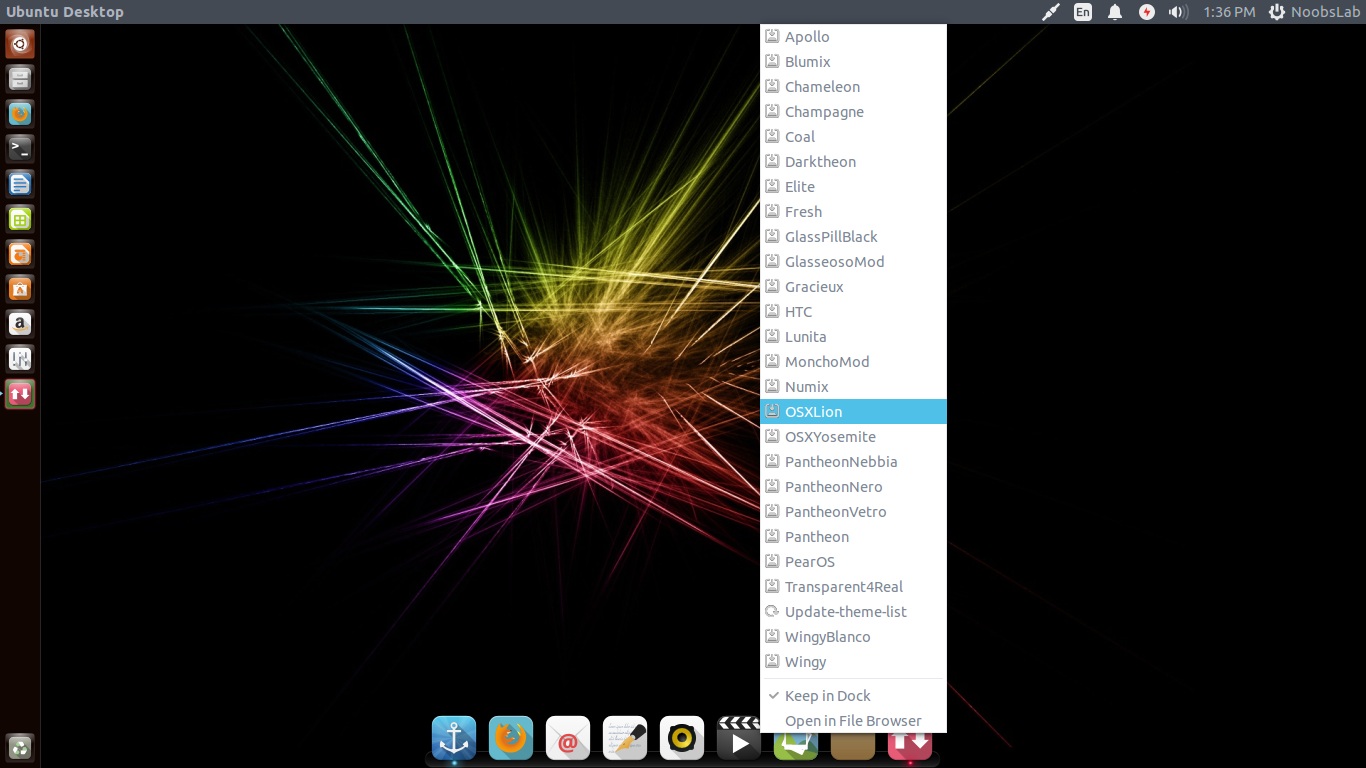SchoolTool is an opensource, free, web-based student information system design for a single school, licensed under the GNU General Public License v2, written in Pyton using the Zope 3 framework, it includes student enrollment and demographics, grading and grade reporting, tracking student achievement of skills, competencies or outcomes, attendance, calendars and intervention tracking. It is also a framework for building customized applications and configurations for individual schools or states. It has strong support for translation, localization and automated deployment and you can get latest updates of this tool via its PPA.
SchoolTool is not a learning management system, or LMS, such as Moodle, although they share some overlapping feature sets, such as a gradebook. SchoolTool does not contain curriculum or learning objects. Developers behind this project The Shuttleworth Foundation.
SchoolTool is not a learning management system, or LMS, such as Moodle, although they share some overlapping feature sets, such as a gradebook. SchoolTool does not contain curriculum or learning objects. Developers behind this project The Shuttleworth Foundation.


